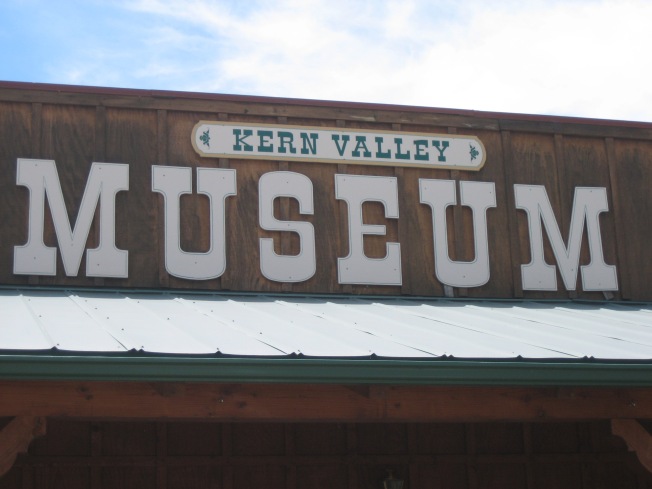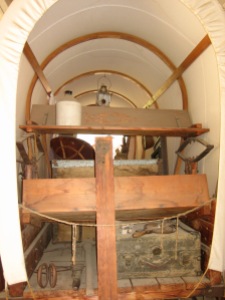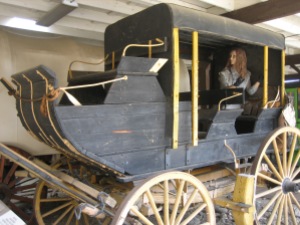Update! I was recently sent some information about this sculpture by the artist’s grandchild. I’m going to add what the grandchild told me at the end of the post. I’ll put the new info in italics.
The last time I lived in Mesa, AZ (Spring 2016), I visited the city’s Pioneer Park at 26 E Main Street. Near the southern entrance to the park is the Pioneer Monument.
In an article on the website of The Church of Jesus Christ of Latter Day Saints titled “Statue Honoring Arizona Pioneers Dedicated,” the history of the statue is told. In the mid-80s, sculptor Claude Pomeroy was in Pioneer Park and heard someone suggest its name be changed to Rose Garden Park. Pomeroy
decided to make sure Mesa’s residents didn’t forget their colorful pioneer heritage.
[T]he four leaders of the First Mesa Company of 1878 [are] depicted by the statue.
Charles I. Robson, George W. Sirrine, Charles Crismon, and the sculptor’s grandfather, Francis Martin Pomeroy, were portrayed holding the tools they labored with: a shovel, a gun, a spirit level, and a map of the townsite.
 A woman and a boy, referred to in the article as well as on the plaque on display with the sculpture only as “mother and child” are behind the male settlers. I suppose this means the women and the children present during this time in Mesa’s history are not real pioneers, they’re more of an afterthought, those whose places are behind the real (male) pioneers. I supppose this means only the men and their work were important.
A woman and a boy, referred to in the article as well as on the plaque on display with the sculpture only as “mother and child” are behind the male settlers. I suppose this means the women and the children present during this time in Mesa’s history are not real pioneers, they’re more of an afterthought, those whose places are behind the real (male) pioneers. I supppose this means only the men and their work were important.
Did the sculptor not know of any real women and children of the time to base his work on? Perhaps he could have used his own grandmother as a pioneer model, as he used his grandfather.
Surely Pomeroy could have included female pioneers in his work if he had chosen to. The women could have been portrayed holding the tools they labored with: a butter churn perhaps, an iron, a spoon and cooking pot, a needle and thread. Women’s work has always been important and it’s terrible that history and artists like Pomeroy have ignored that work.

I apologize to the unnamed pioneer woman pictured here for relegating her to the shadows. My arm placement was rather unfortunate in light of my desire to have the pioneer women of Mesa given their due.
Am I surprised that a piece of public art made by a artist who is a member of the Church of Jesus Christ of Latter Day Saints and depicting people of the same religion relegate a woman and child to the back of the crowd? Am I surprised that female ancestors are not given the same respect as male ancestors? Am I surprised the ratio of men to women in the statue is 4 to 1? Am I surprised that women and their work are mostly ignored? I’m not surprised by any of those facts, but I am still disappointed.
A second plaque on display with the sculpture does a better job of being inclusive. It states,
This monument is dedicated to the founding men, women, and children of Mesa whose efforts, with others of all races, religions, and cultures, changed a harsh desert land into this vibrant cit of today.
I would like to see another artist come along and get a grant from the city to make a second monument for the park. In the new monument, women would stand tall and proud next to their husbands and sons, fathers and brothers. The new statue could be called Women Were Pioneers Too, and the women depicted could stand with a butter churn, a spoon and cooking pot, a needle and thread, and an iron.
While I’m wishing, I’d also like to see a third piece of art, this one depicting the men and women native to the area, as well as the
others of all races, religions, and cultures, [who] changed a harsh desert land into this vibrant cit of today…
mentioned earlier. It’s time to stop honoring only the white people (usually men) who came into an area and made it their own. If we’re going to honor people, we need to be diverse and inclusive.
Yikes! Judgy much, Blaize Sun? While I do think we need to be diverse and inclusive in honoring people, I see now that I took a negative attitude in this post, especially against the artist who I assumed created this sculpture all by himself, with no input from anyone else. That’s what my research led me me to believe, anyway. (Also, if my father were alive, he would remind us that assuming “makes an ass of you and me.”)
In August 2021, the artist’s grandchild left a comment on this post. I wanted to share the comment in the body of this post to make it more likely that anyone who reads this learns about the artist’s true intentions.
The following quote if from Brandy Pomeroy Abernethy:
I absolutely appreciate this additional information about the artist and his intentions. I enjoy having behind-the-scenes knowledge, but in this case, knowing the rest of the story is very important. I’m glad to know Claude Pomeroy wanted to be more inclusive. I’m sorry that his church (which commissioned this piece of art) didn’t allow him to do so. I’m happy to do my part in letting my readers know that his intentions were different from the outcome.














